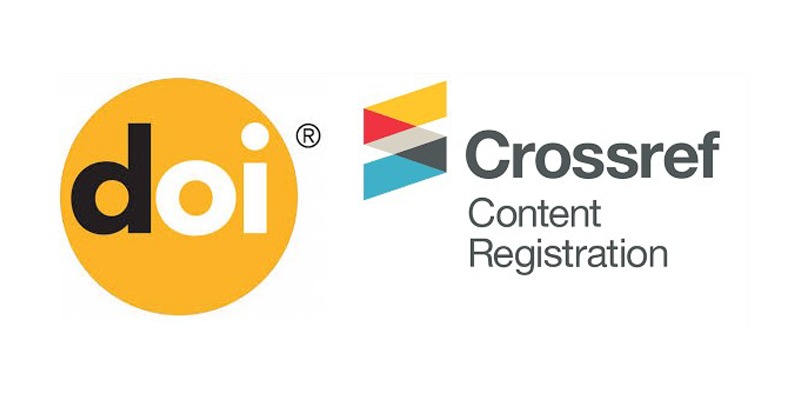The future of accounting based on the financial economic space: the information system on the business sector
The future of accounting based on the financial economic space
Views: 242 / PDF downloads: 148
DOI:
https://doi.org/10.32523/2789-4320-2024-2-327-342Keywords:
accounting, digital transformation, cloud accounting, digital skills, information technologyAbstract
In this article, discuss the future of accounting based on financial and economic space: information systems in the business sector are synonymous with cloud accounting. Its most important elements are a cybersecurity system, smart manufacturing, Internet of things, big data and others. The growing spread of digital technologies has had an incomparable impact on many aspects of modern civilization. Information systems has rethought industrial structures and reinvented business models. Consequently, the face of information systems, financial and accounting services face new threats, challenges and opportunities. In business, players in accounting sector perceive that traditional accounting system will gradually be replaced by a more digital accounting system. The purpose of this article is to answer this question by following qualitative and research approach applied to research using semi-structured interviews. The study shows that although digital transformation in Kazakhstan's business sectors providing accounting services is just beginning, respondents highlighted information systems, optical character recognition (OCR), artificial intelligence (AI), robotics and enterprise resource planning (ERP) in cloud. Resistance to change, organizational culture and price seem to be main obstacles for information systems in accounting based on the financial and economic space. Such research contributes to a better understanding of role of accounting and accountants in organizations and society in context of digital age. In addition, it provides practical understanding potential relationship between technological (particular, digital) development and labor market dynamics for accounting professionals. The article presents an introduction, a review literature, describes methodological approach, procedures for data collection and analysis, presents and discusses the results study. Finally, main conclusion and limitations of this study are described in final section, in addition to the possibilities of future research on this topic.
Downloads
Downloads
Published
How to Cite
Issue
Section
License
Copyright (c) 2024 Маргарита Жолаева, Гульнара Аманова, Арайлым Жүніс

This work is licensed under a Creative Commons Attribution-NonCommercial 4.0 International License.






